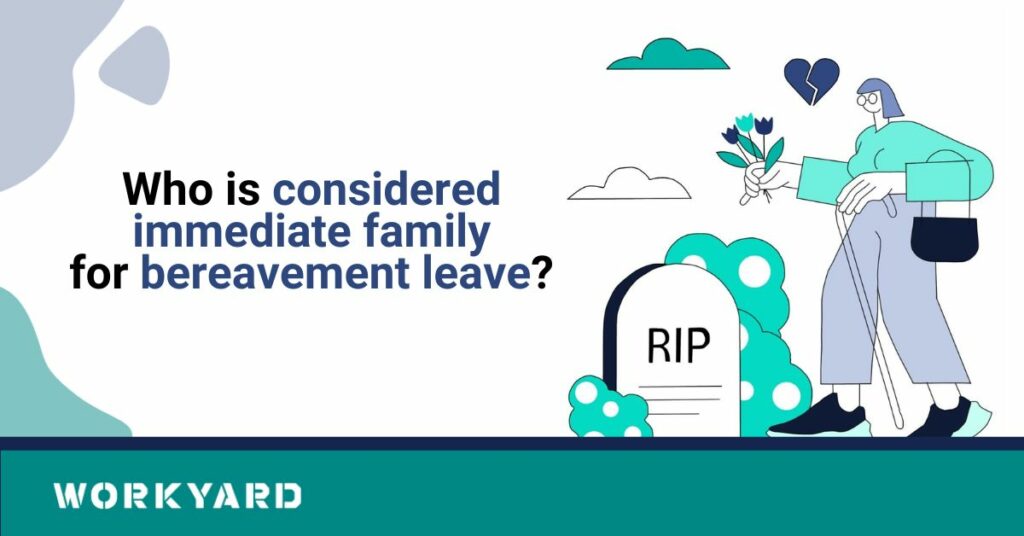Immediate family members, for the purpose of bereavement leave, typically include individuals with close blood or legal relationships to the employee. While the specific list may vary based on company policies, cultural norms, and legal regulations, immediate family members generally encompass:
- Spouse: Bereavement leave policies commonly recognize the loss of a spouse as a qualifying event.
- Children: Bereavement leave typically covers the loss of a child, whether it be a biological, adopted, or stepchild.
- Parents: The death of a parent is universally acknowledged for bereavement leave eligibility.
- Siblings: Many companies include the loss of siblings in their bereavement leave policies.
- Grandparents: Some bereavement policies extend to the death of grandparents, acknowledging the significant impact on employees.
Navigating Company Policies
Understanding your employer’s bereavement leave policy is crucial. Employees should review their company’s handbook or HR guidelines to ascertain the exact definition of immediate family and the duration of bereavement leave granted.
In times of loss, clear communication between employees and employers is essential. Employees should promptly inform their supervisors about the situation and inquire about the specific steps and documentation required for bereavement leave.
Employers should be aware of any legal requirements regarding bereavement leave in their jurisdiction, as labor laws may influence the scope and duration of the leave granted.
By recognizing the diverse structures of families and considering the emotional impact of loss, employers can provide meaningful support to grieving employees during challenging times. Open communication, clear policies, and empathy form the foundation for a workplace that values the well-being of its staff in moments of grief and loss.
